Speaking of high-tech stuff, a lot of technologically advanced equipment is used both to build neo-futurist buildings and to run them. This is another defining aspect of this style, where large technical challenges are overcome with technological innovations. The crown jewel when it comes to this kind of ingenuity is the Burj Khalifa.
The world’s tallest skyscraper is equipped with an automated window washing system that is completely autonomous, keeping the upper windows of the structure free of dust. The 2,716-foot structure is also equipped with an advanced condensation system that reclaims moisture from Dubai’s humid climate and uses it for irrigation. Its high-speed elevators are capable of traveling from bottom to top in just 60 seconds and generating electricity through their operation.
All of the gadgets and systems that keep the tower running smoothly are controlled from one unified computer system which allows for every aspect of the building to be monitored round the clock. Every single detail including wind speeds, climate control, and even seismic activity can be constantly monitored from one system, making the Burj Khalifa a structure that’s as neo-futurist as it is gigantic.
3D Form
The other thing virtually all neo-futurist buildings have in common is that they are primarily designed using 3D computer software. This allows for some very unique and fluid shapes that would have been difficult or impossible to draw without the aid of a computer program. This allows for some very distinctive designs that can integrate various cultural and natural motives into one cohesive design.
Zaha Hadid’s futuristic architecture is a good example of this, combining tree-like natural structures and fragmented geometry that makes for asymmetric designs that stand out.
How to Bring Neo-Futurist Architecture Into Your Home
When it comes to home design, Neo-futurism is a pretty involving design style because it encompasses every aspect of both the interior and exterior of your home. Absent building a home from the ground up in this style, you can’t really convert your home’s exterior to a neo-futurist design. However, you can bring some neo-futurist elements into the interior design of your home.
Furniture
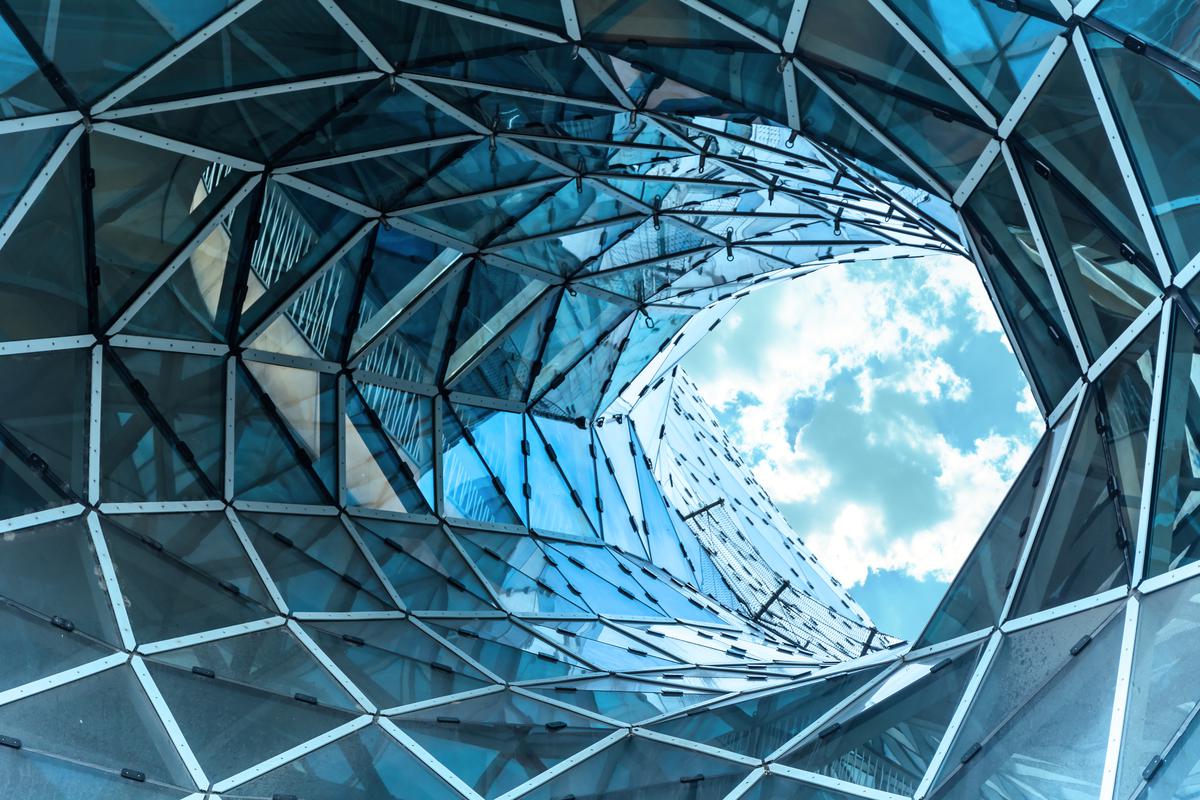
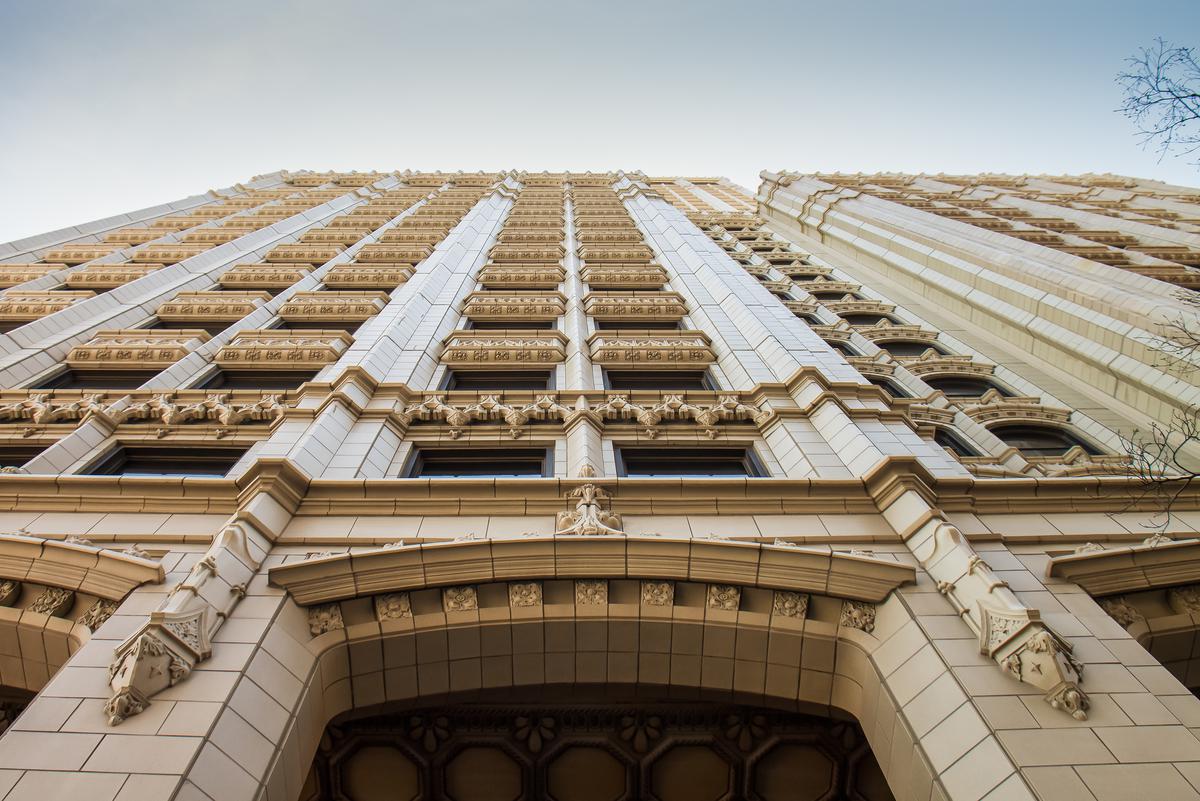
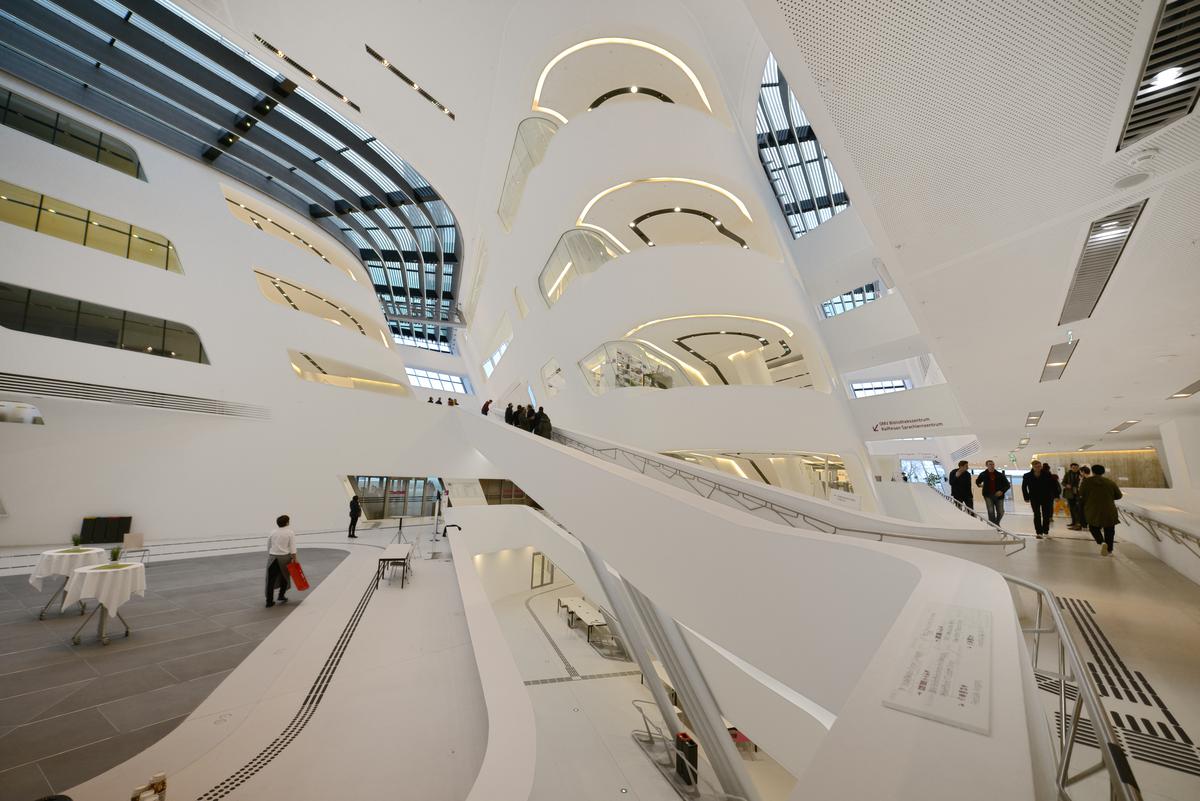
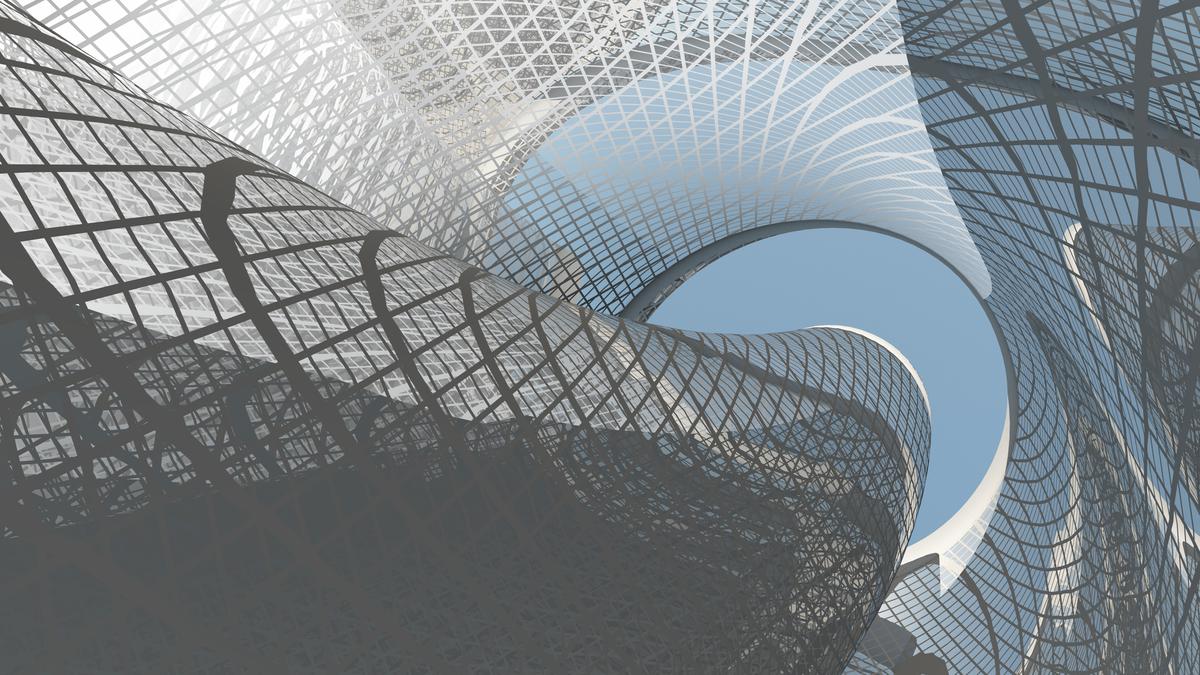

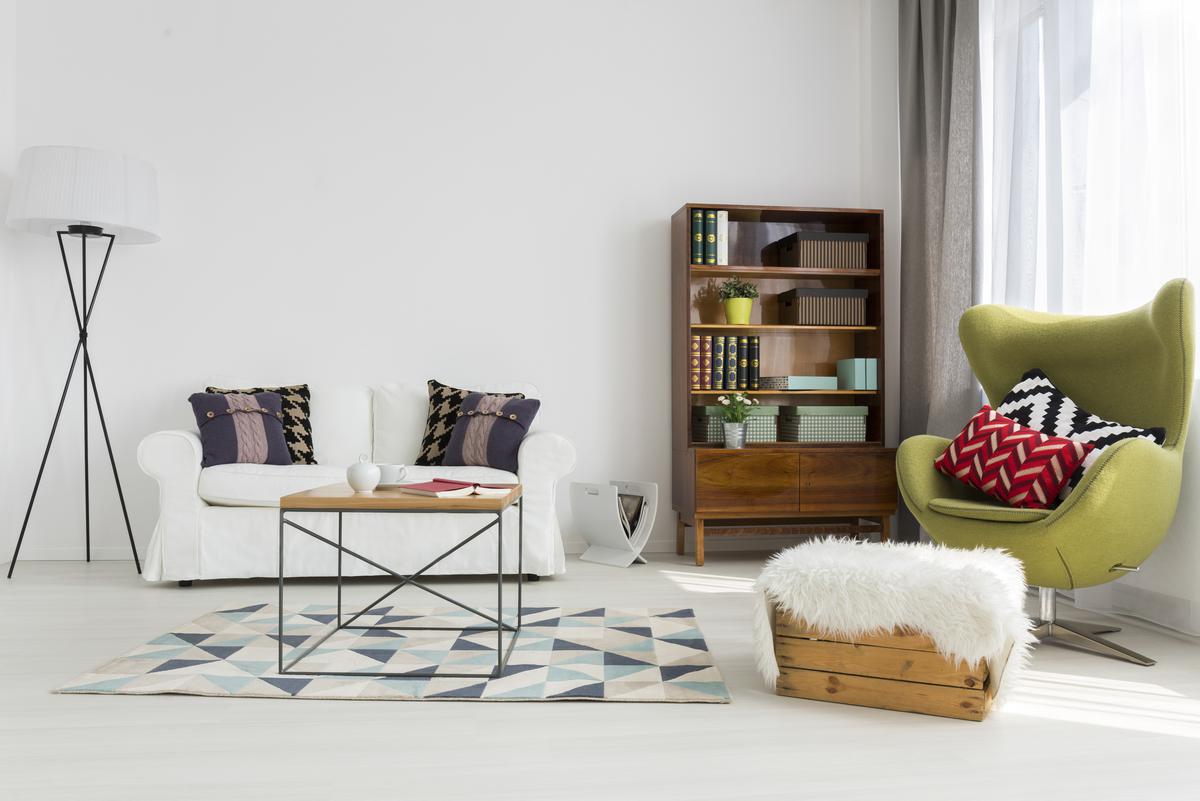
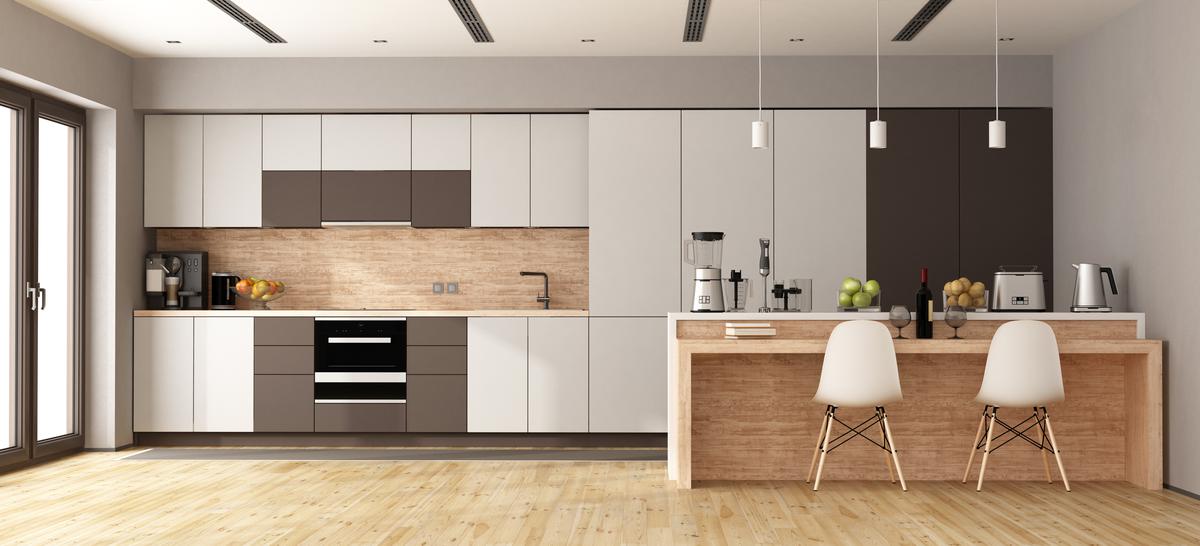
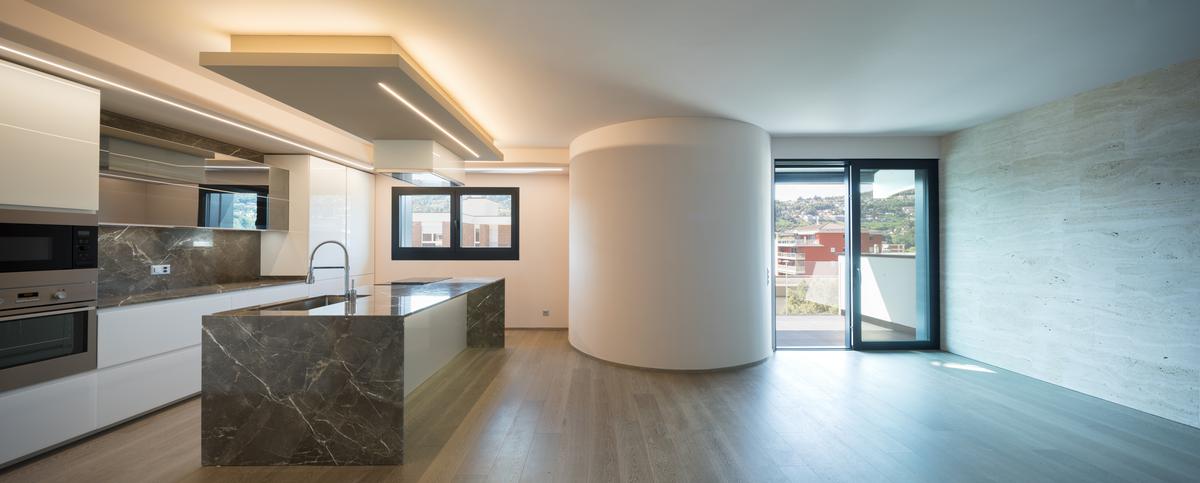
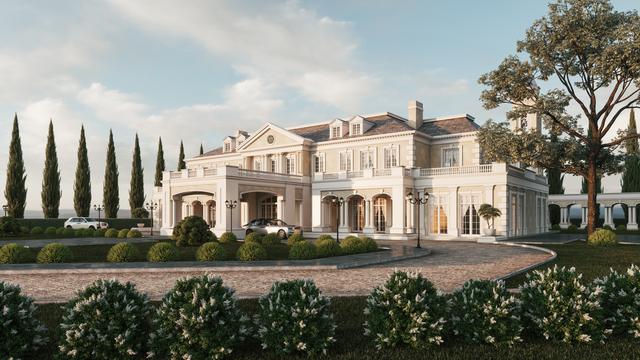
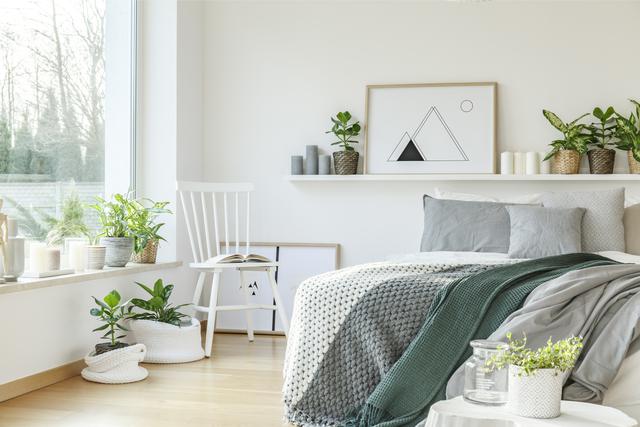
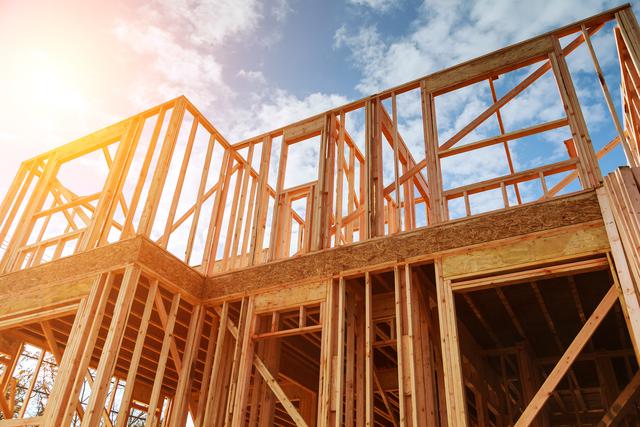
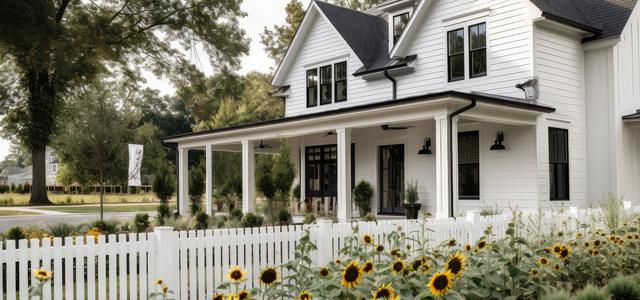
comments